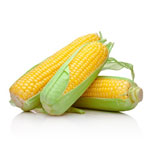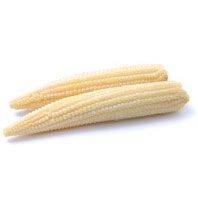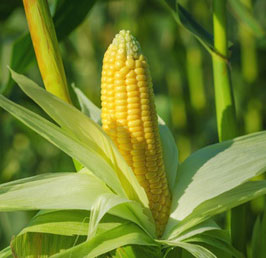
Corn
Corn available in the following size:
48 count container

Yellow

White
Contact Us
Peter Areola
office: 213-622-9206
cell: 213-864-3671
| Corn | Jan | Feb | Mar | Apr | May | Jun | Jul | Aug | Sep | Oct | Nov | Dec | |||||
|---|---|---|---|---|---|---|---|---|---|---|---|---|---|---|---|---|---|
| California | Yellow | Available | Available | Available | Available | Available | Available | Available | |||||||||
| White | Available | Available | Available | Available | Available | Available | Available | Available | |||||||||
| Mexico | Yellow | Available | Available | Available | Available | Available | Available | Available | Available | Available | |||||||
| White | Available | Available | Available | Available | Available | ||||||||||||
| Florida | Yellow | Available | |||||||||||||||
| White | Available | Available | |||||||||||||||
| Washington | Yellow | Available | |||||||||||||||
| Colorado | Yellow | Available | Available | ||||||||||||||
| Georgia | Yellow | Available | Available | ||||||||||||||







Corn is technically a grain and not a vegetable—the seed of a type of grass, like wheat. It therefore counts toward the recommended three daily servings of whole grains. The corn we eat is “sweet corn” (white, yellow or bi-colored), which has become even sweeter since scientists began breeding varieties with more sugar. Some “super-sweet” corn also stays sweet longer. Baby corn (available canned) is sweet corn that’s been harvested early, and can be eaten cob and all.

